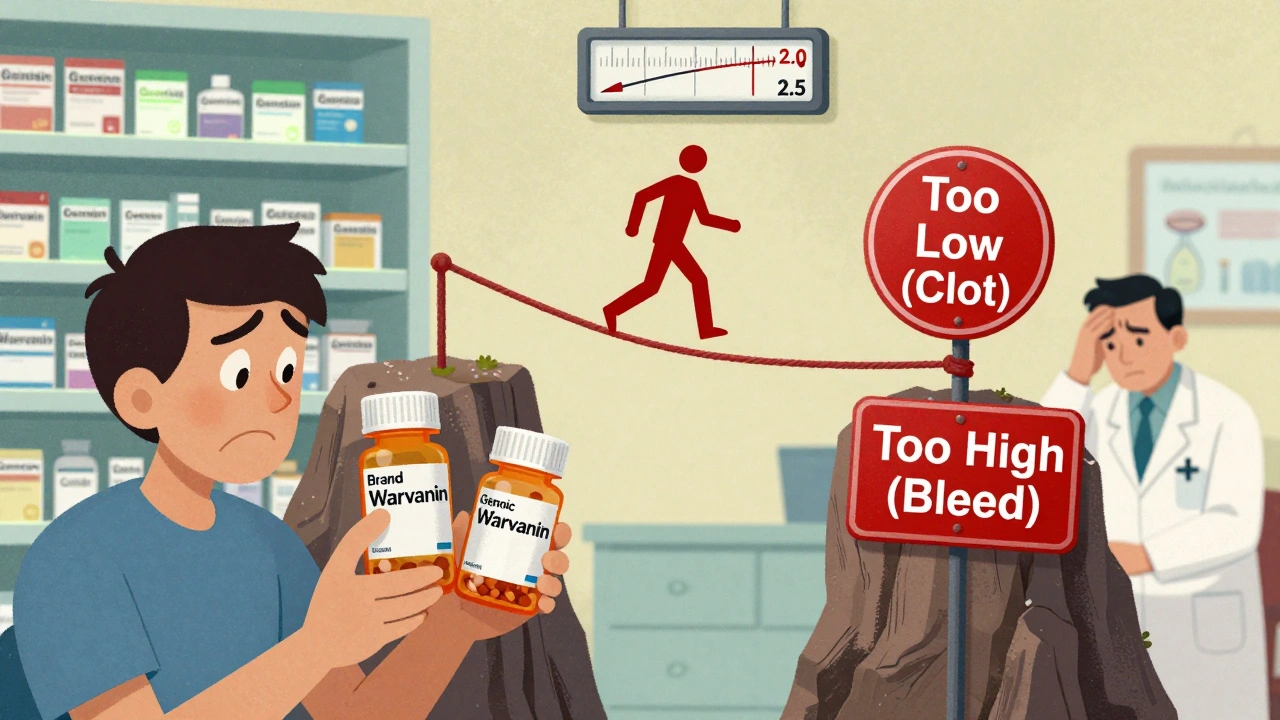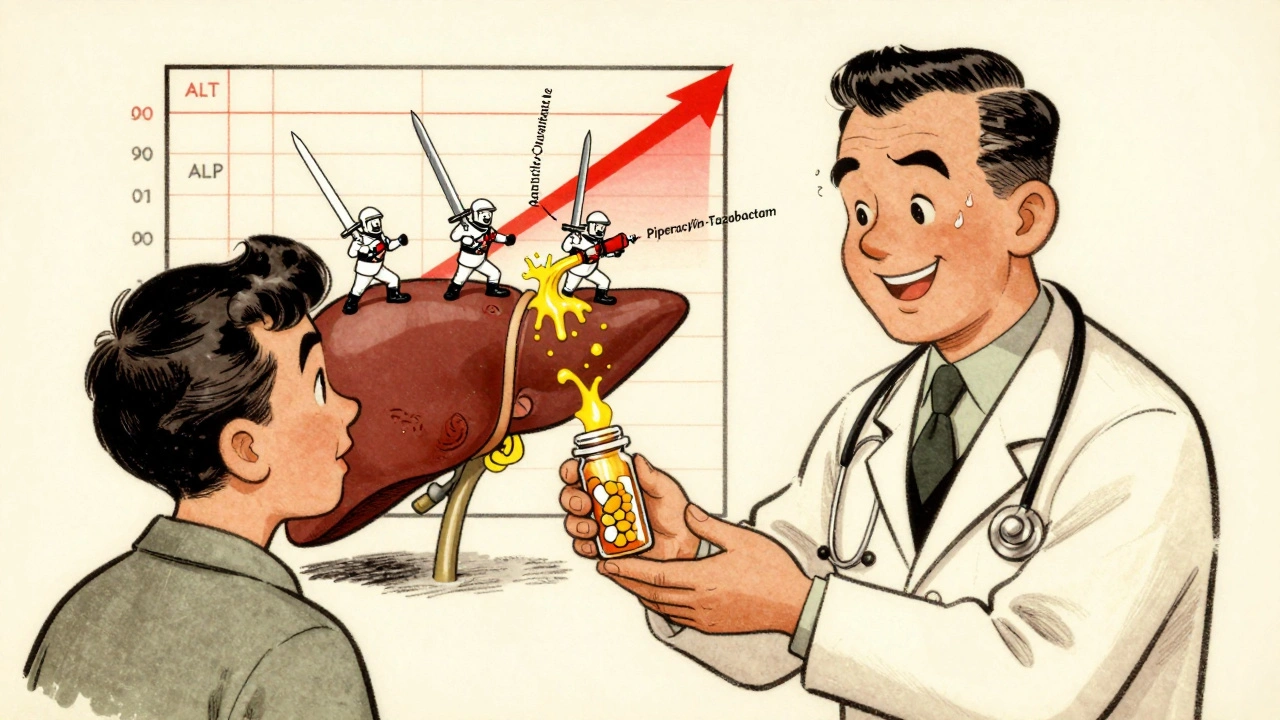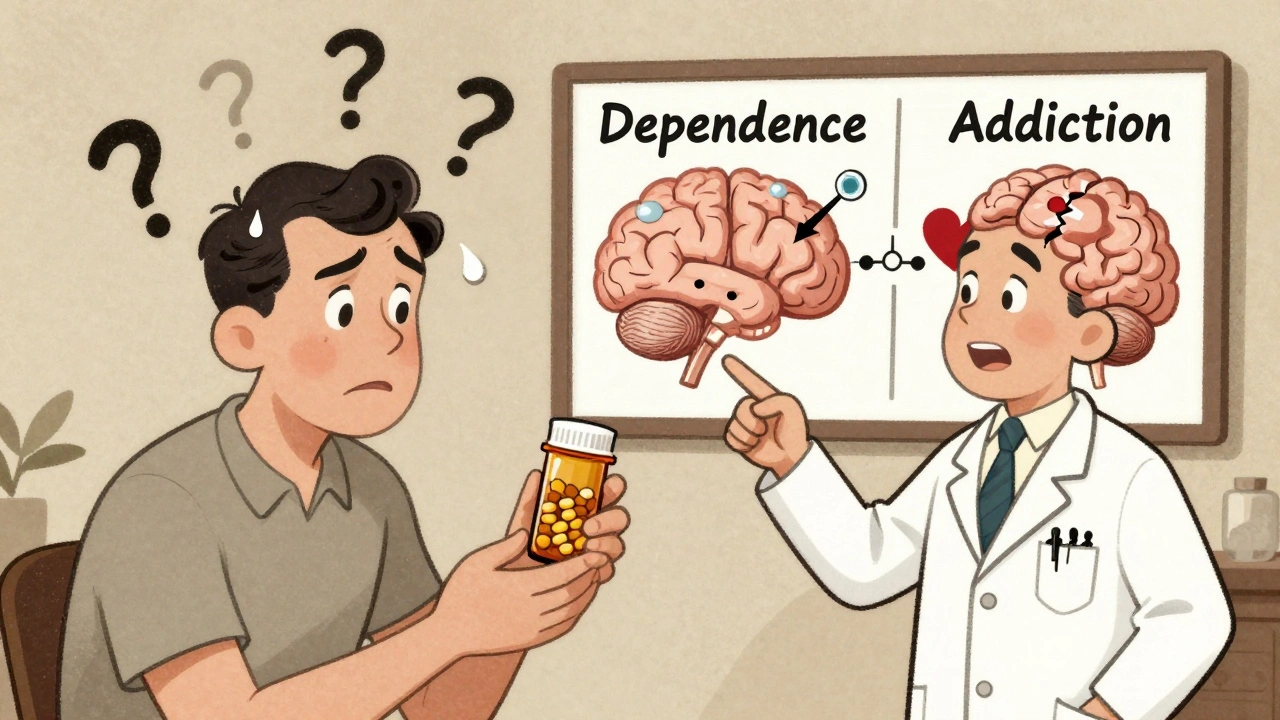Alkylating Agents: How They Work and What You Need to Know
When talking about alkylating agents, a class of chemotherapy drugs that attach an alkyl group to DNA, disrupting cell division and causing cancer cell death. Also known as DNA‑alkylating chemicals, they form the backbone of many cancer‑fighting regimens.
Why Alkylating Agents Matter in Modern Oncology
In the world of chemotherapy, treatment that uses drugs to kill or stop the growth of cancer cells, alkylating agents are often the first line of attack. They’re chosen because they can reach deep‑seated tumors and work across a wide range of cancer types. When a doctor selects a chemotherapy plan, the presence of an alkylating agent often dictates dosing schedules, combination choices, and monitoring strategies.
One of the core actions of these drugs is DNA crosslinking, the process of creating covalent bonds between DNA strands, which blocks replication and triggers cell death. This crosslinking doesn’t just stop tumor cells; it can affect healthy cells too, which is why side‑effect management is crucial. Understanding the chemistry behind DNA crosslinking helps patients and clinicians anticipate how the body will react.
Because cancer treatment, the overall strategy to diagnose, control, and cure malignant disease relies heavily on these mechanisms, alkylating agents often appear in standard protocols for breast, lung, lymphoma, and ovarian cancers. The decision to include an alkylating drug can change the entire therapeutic pathway, influencing everything from surgery timing to radiation planning.
But the power of alkylating agents comes with a price. Common side effects include nausea, hair loss, lowered blood counts, and increased infection risk. More specific risks, like bladder irritation from cyclophosphamide or lung toxicity from busulfan, demand regular lab tests and imaging. Patients who understand these potential issues can work with their care team to adjust doses, add protective medications, and stay ahead of complications.
Several drugs illustrate the range of alkylating agents. Cyclophosphamide is a pillar for many breast‑cancer combos, while temozolomide crosses the blood‑brain barrier and targets glioblastoma. Chlorambucil remains a go‑to for chronic lymphocytic leukemia, and melphalan is widely used in multiple‑myeloma transplants. Each of these examples shows a different balance of potency, administration route, and side‑effect profile, giving doctors flexibility to tailor therapy.
Supportive care plays a big role when using these powerful drugs. Growth‑factor injections can boost white‑blood‑cell counts, anti‑emetics keep nausea under control, and hydration protocols reduce kidney strain from certain agents. Lifestyle tweaks—like avoiding smoking, staying well‑hydrated, and monitoring urinary health—also help mitigate long‑term risks.
Below you’ll find a curated list of articles that dive deeper into specific alkylating agents, compare them to newer targeted therapies, and offer practical tips for managing side effects. Whether you’re a patient, caregiver, or health professional, the collection provides the clear, actionable info you need to navigate cancer treatment with confidence.

Alkeran (Melphalan) vs Other Alkylating Chemotherapy Drugs: A Detailed Comparison
- 19 Comments
- Oct, 3 2025
A detailed comparison of Alkeran (melphalan) with bendamustine, ifosfamide, cyclophosphamide, and busulfan, covering mechanisms, side effects, dosing, and how to choose the right drug.




